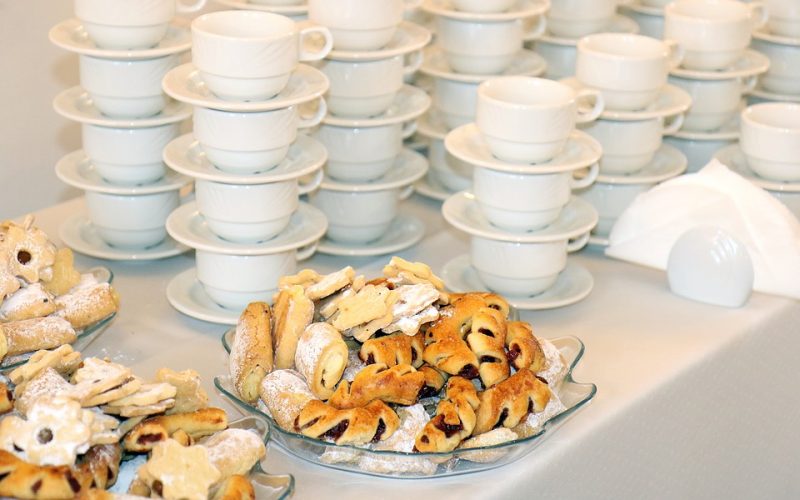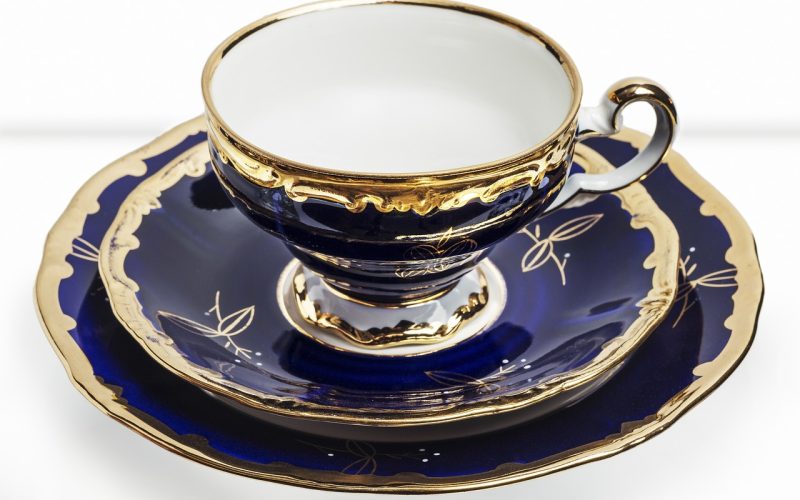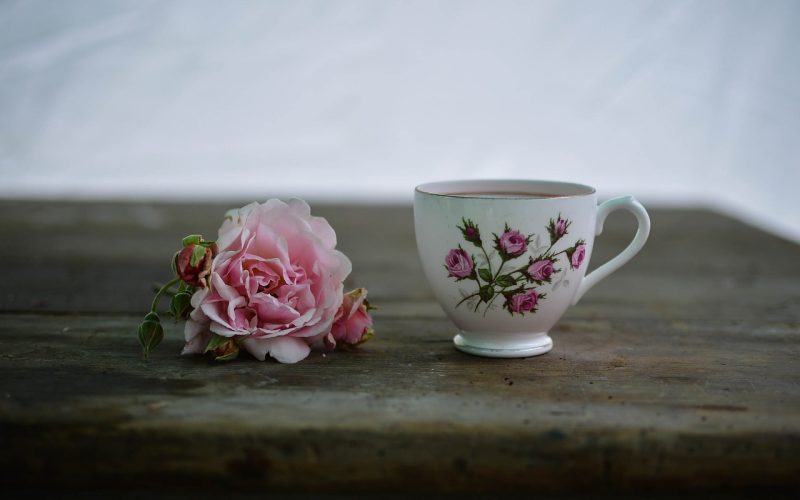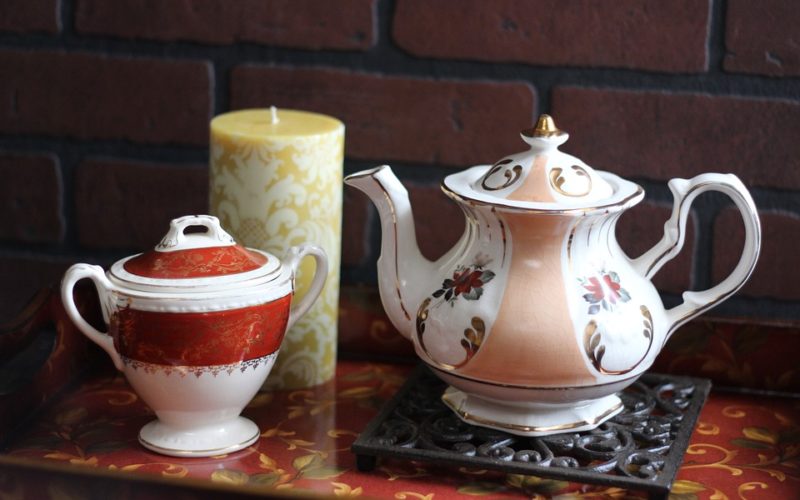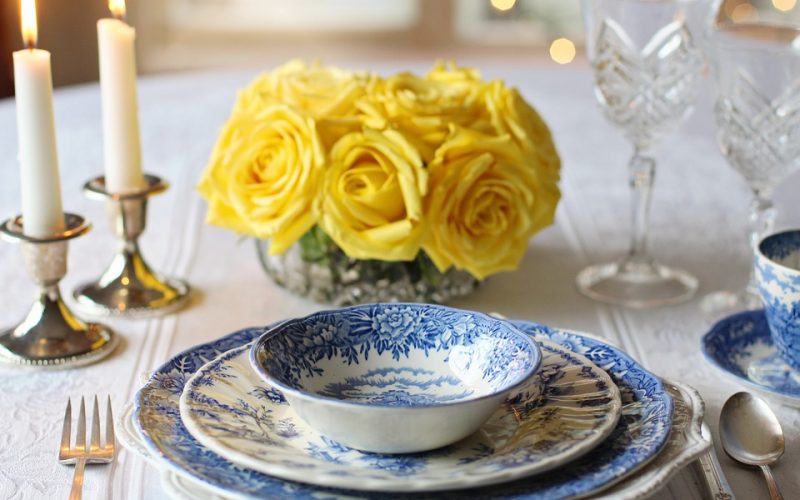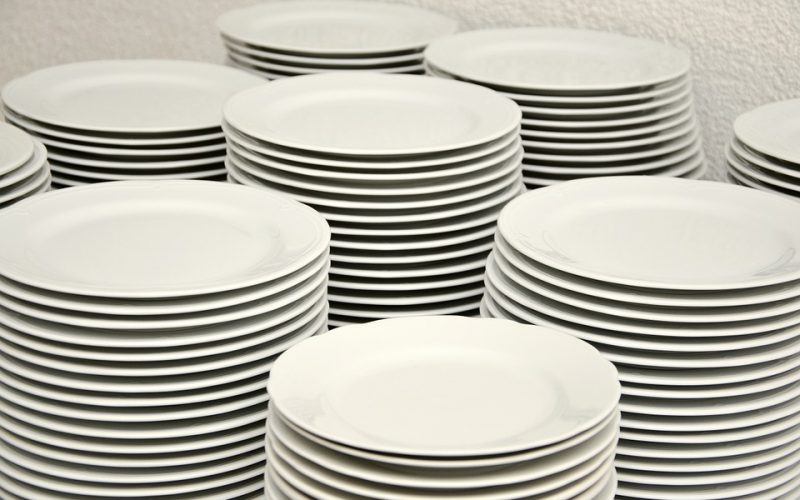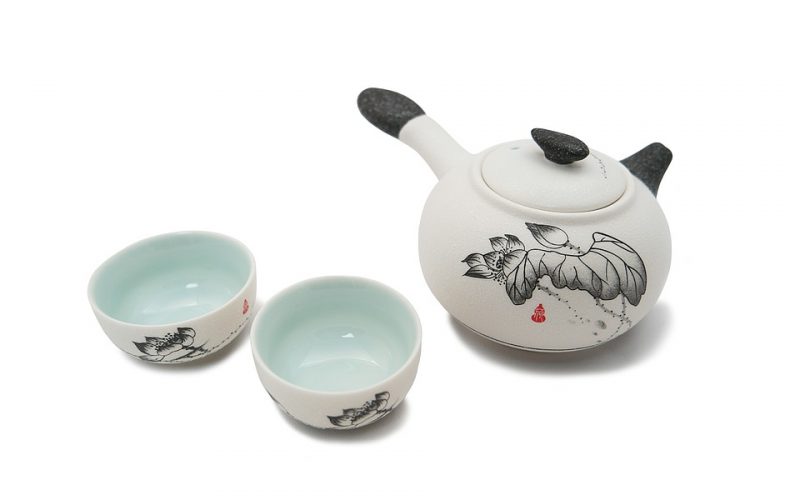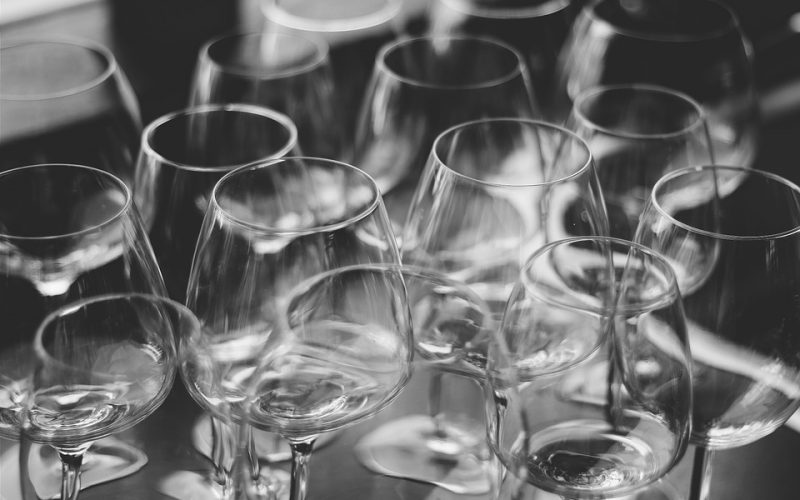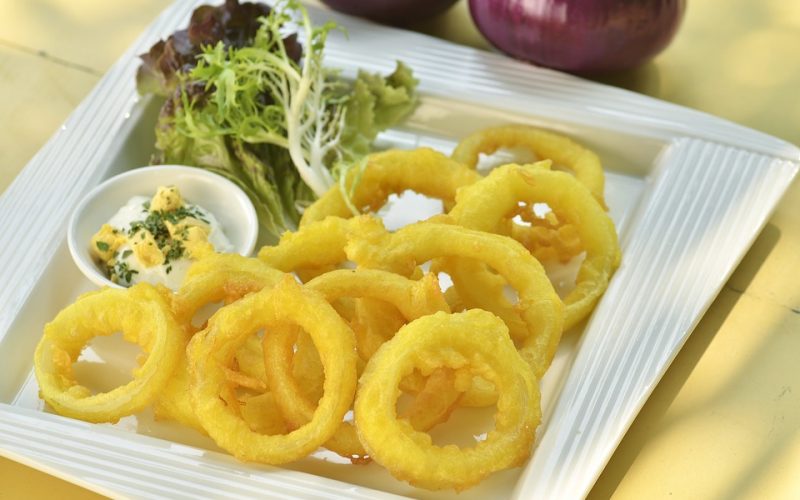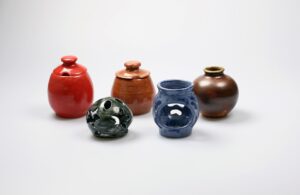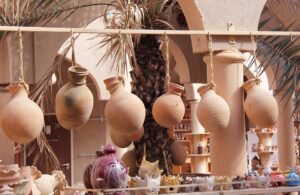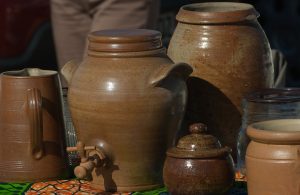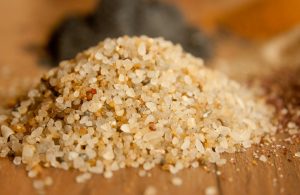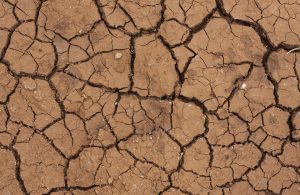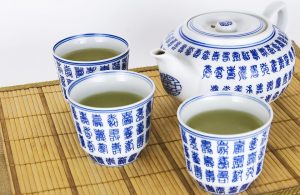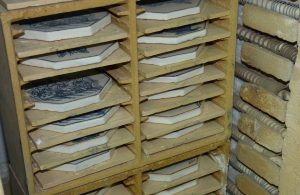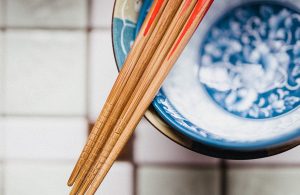The process of manufacturing bone china includes six separate and important stages. The first stage is the mixing of bone ash, quartz, kaolin, and ball clay. The bone ash makes up 40% to 45% of the mixture and is the key ingredient. It is used to create the whiteness and translucency of the china.
The second stage is where the intended items are formed. Forming methods vary depending on the required shape. Jiggers or plastic moulds are typically used to form the bone china. At this stage, the formed items are referred to as 'greenwares'. The greenwares are left to dry after any surface scratches are removed with a sponge and water.
The third stage is the first firing. This is commonly known as 'biscuit'. This has to be done before the glazing can be used. Biscuit firing can shrink the item up to 20% and it is at this stage that potential cracking or damage can be done, so extra care is taken on the firing.
Frit and kaolin are the ingredients used to form a glaze for the pottery. Glazing is the fourth stage of production and is applied by spraying the item.
The second firing is the stage before the final decoration of the bone china and is commonly known as 'glost'. The temperature of the kiln can rise to a staggering 1,200 centigrade. This extremely high temperature is needed to melt the glaze and fuse it to the biscuit.
The sixth and final stage of producing bone china is the decorating. The standard decorating methods are spraying, decal transferring, gold finishing, and original hand painting. Once the decoration has been applied, the final firing is performed. This is done at a lower temperature to the glost.
Video showing how bone china is made in Stoke-on-Trent:
